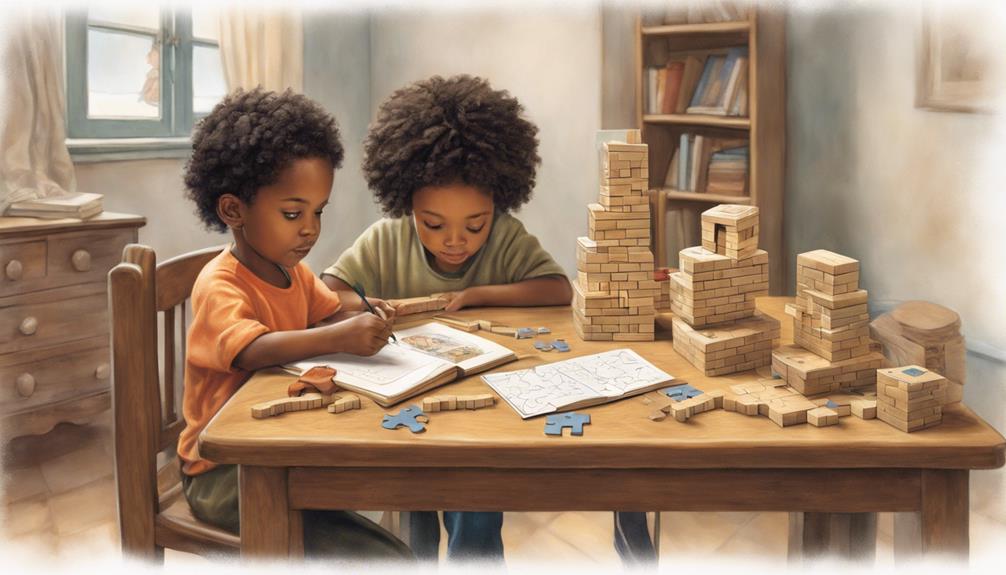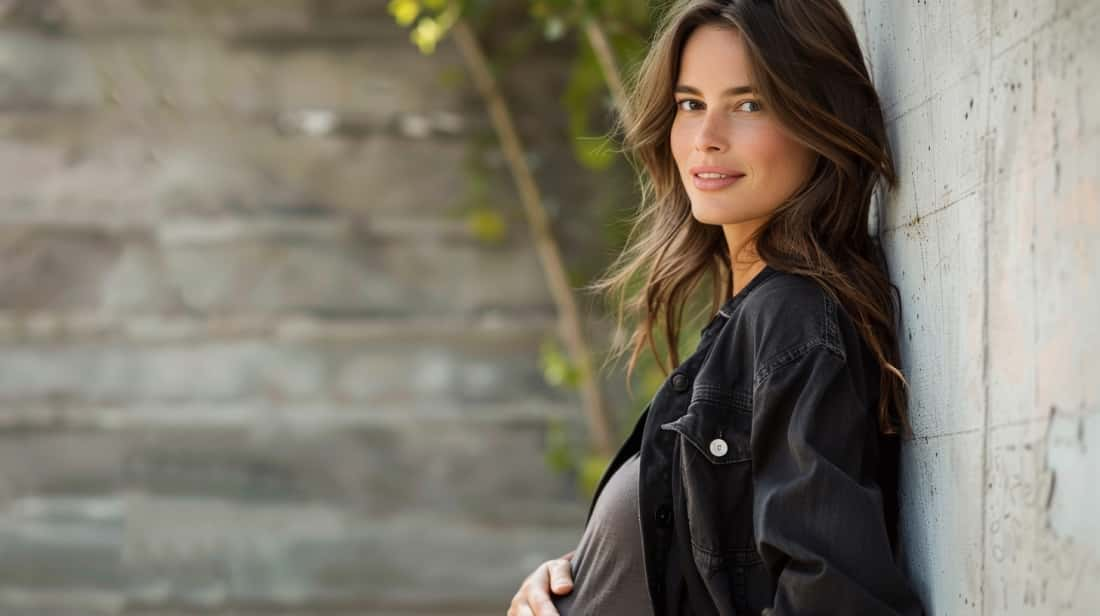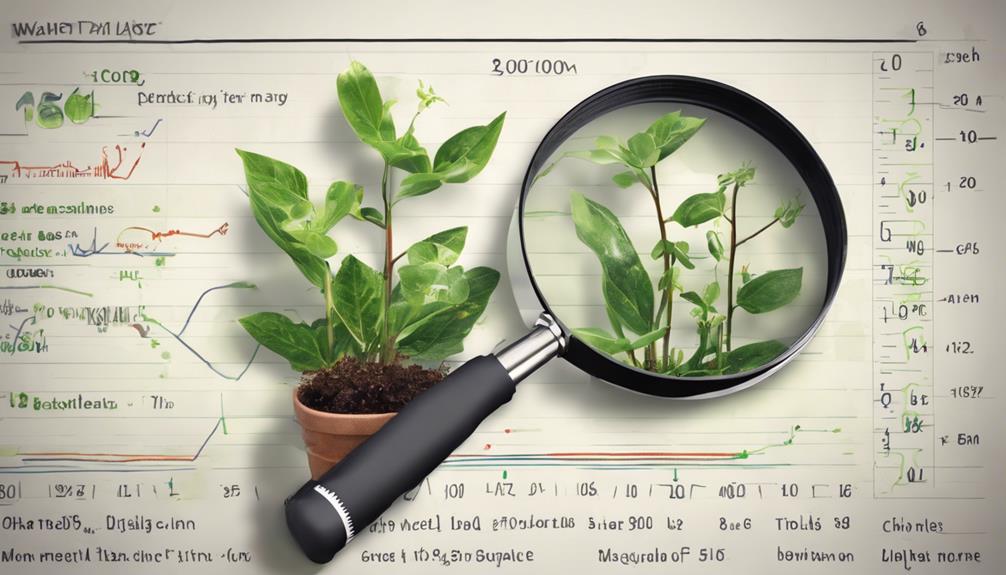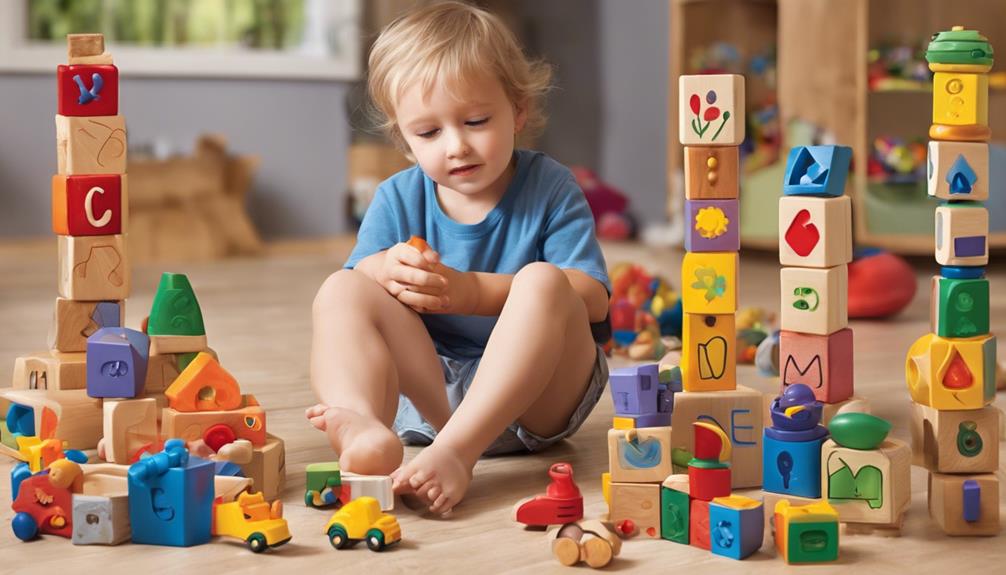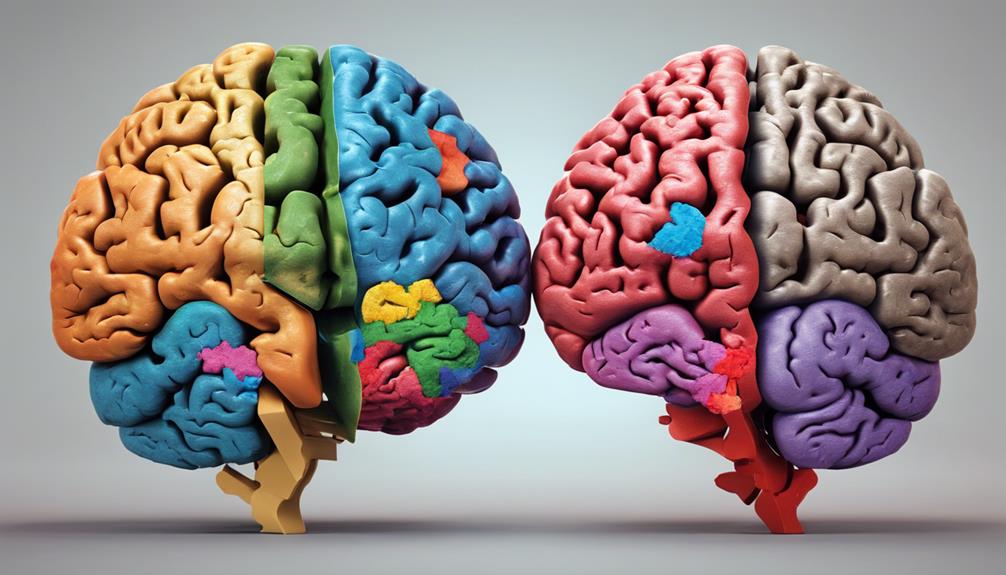As we step into the world of evaluating a 2-year-old, it's like peering through a foggy window, trying to discern the intricate details of a painting just beyond our reach. The process involves a delicate blend of observation, interaction, and evaluation that uncovers a child's blossoming abilities and potential challenges.
But what exactly unfolds during this evaluation, and how does it shape our understanding of a toddler's early developmental journey? Let's unravel the layers of this pivotal examination and explore the nuances that define a 2-year-old's evaluation.
Key Takeaways
- Physical assessment includes measuring growth, behavior, and nutrition to ensure proper development.
- Cognitive skills evaluation tests problem-solving, cause-and-effect understanding, and language development.
- Motor development assessment observes gross and fine motor skills, coordination, and balance for physical abilities.
- Language proficiency evaluation focuses on speaking, comprehension, following instructions, and social interaction for development milestones.
Key Areas of Assessment
In evaluating a 2-year-old, key areas of assessment encompass physical growth, developmental milestones, behavior, and nutrition.
We carefully measure the child's height, weight, and head circumference to track their physical growth progress. Developmental milestones such as language development and social skills are observed to make sure the child is progressing as expected for their age.
Behavioral evaluations help us understand how the child interacts with others and manages emotions. Additionally, we pay close attention to the child's feeding habits to guarantee they're receiving adequate nutrition for their growth and development.
When evaluating physical growth, we compare the child's measurements to standardized growth charts to identify any potential issues early on. Developmental milestones like language development and social skills provide insights into the child's cognitive and emotional development.
Understanding behavior helps us support the child's emotional well-being and address any concerns promptly. To conclude, evaluating nutrition through feeding habits ensures the child is receiving essential nutrients important for their overall health and growth.
Cognitive Skills Evaluation
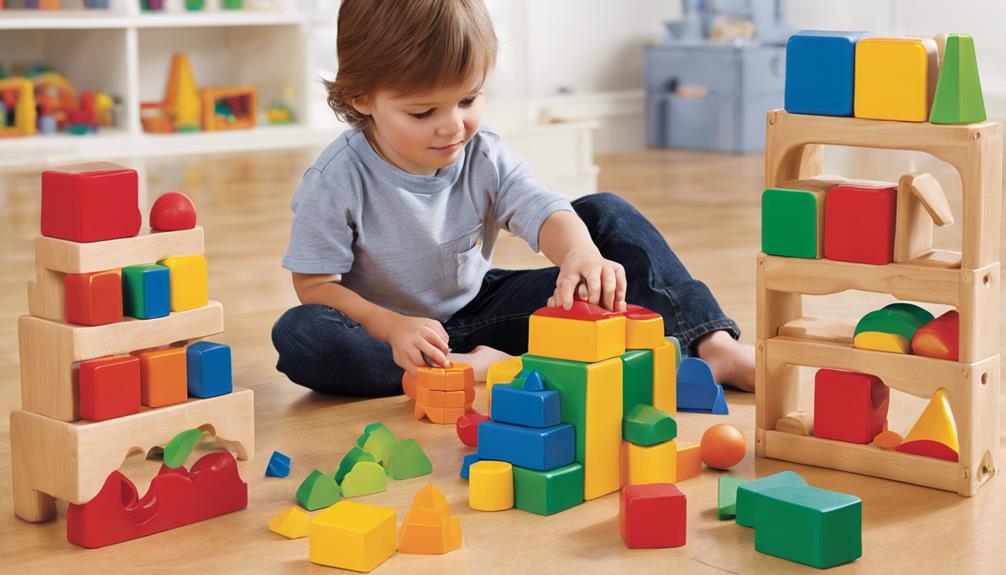
Moving on to the evaluation of cognitive skills in 2-year-olds, our focus shifts towards evaluating problem-solving abilities and memory retention through engaging tasks and observations. When appraising cognitive development in toddlers, we explore various aspects that provide insight into their cognitive abilities.
- Shape Sorting: Evaluating the child's ability to match shapes and sizes, indicating cognitive growth.
- Color Recognition: Testing the child's capability to differentiate between colors, showcasing cognitive development.
- Simple Puzzles: Observing how the child approaches and solves basic puzzles, reflecting problem-solving skills.
- Cause and Effect: Appraising the understanding of cause and effect relationships, a critical cognitive milestone.
- Language Development: Examining language acquisition and comprehension skills, essential for cognitive advancement.
These evaluations not only gauge memory recall and attention span but also reveal the child's progress in cognitive domains critical for future learning and development. Through these assessments, we gain valuable insights into the child's cognitive strengths and areas that may require further support.
Motor Development Assessment
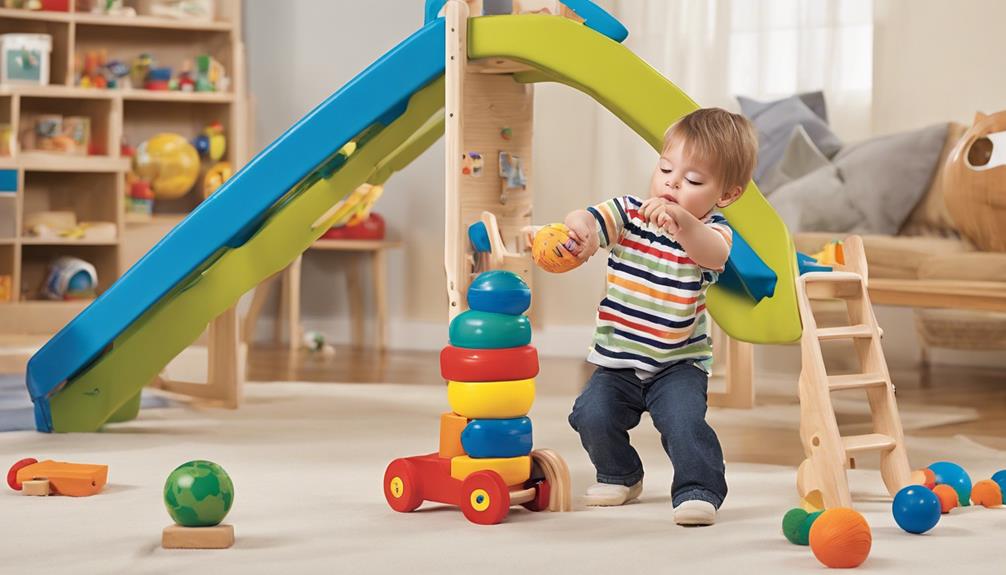
Evaluating motor development at the age of 2 involves a thorough assessment of gross and fine motor skills to monitor physical progress and detect any potential delays or concerns. During this evaluation, pediatricians pay close attention to the child's coordination, balance, and overall physical abilities. Gross motor skills such as running, kicking a ball, and climbing are observed, while fine motor skills like drawing straight lines, stacking blocks, and using utensils are also assessed. Additionally, the assessment may include tasks such as copying shapes, identifying colors, and engaging in physical play to gauge the child's capabilities comprehensively. By tracking the child's progress in reaching physical milestones, the assessment aids in identifying delays early on and addressing any concerns promptly.
| Motor Skills | Examples |
|---|---|
| Gross Motor Skills | Running, Kicking a ball, Climbing |
| Fine Motor Skills | Drawing straight lines, Stacking blocks, Using utensils |
Language Proficiency Examination

Evaluating a 2-year-old's language proficiency involves gauging their capability to communicate through short sentences and understand fundamental instructions and ideas. It's a vital part of the overall assessment to gauge their developmental progress accurately.
- The language proficiency examination for a 2-year-old focuses on their ability to speak short sentences with 2-4 words.
- It tests comprehension by observing if the toddler can point to objects when named.
- Recognition of familiar body parts and people is evaluated during this examination.
- The assessment also checks if the child can repeat words they've heard and follow simple instructions.
- Observing the toddler's ability to repeat words from known books and participate in basic make-believe games is part of the evaluation process.
This evaluation not only provides insights into the child's language skills but also offers valuable information about their cognitive development and social interaction abilities at this critical stage.
Social Interaction Evaluation
Evaluating a 2-year-old's social interaction skills involves closely observing their engagement with adults and peers during various activities. This evaluation explores how the child shares, communicates, and interacts during playtime. Key aspects include gauging eye contact, responses to emotions, and participation in social activities. Observers also look at behaviors like following simple instructions and how the child responds to their name being called.
Additionally, the evaluation monitors the child's progress in social development milestones such as imitating adults, playing with others, and displaying signs of independence. By focusing on these elements, professionals can gain insights into the child's social capabilities and identify areas for further support and growth.
Understanding a 2-year-old's social interaction skills is important for nurturing healthy relationships with adults and peers, laying the foundation for their future social development.
Frequently Asked Questions
What Is a 2 Year Old Assessment?
A 2-year-old assessment involves a thorough physical exam to monitor growth, development, and health conditions like autism and anemia. It includes discussions on nutrition, behavior, and safety measures, along with administering immunizations.
What Should a 2 Year Old Know Academically Checklist?
We believe a 2-year-old should academically know basic colors, shapes, numbers up to 5 or 10, simple counting, and fundamental concepts like big and small. Activities such as coloring, stacking blocks, and puzzles can indicate readiness.
What Should a 2 Year Old Be Doing Developmentally?
Developing at 2 involves language, motor skills, and social interaction. Toddlers should be saying phrases, kicking balls, and engaging in make-believe. They start sorting and recognizing shapes, running, and using utensils with spills.
Do They Draw Blood at 2 Year Check Up?
At a 2-year-old check-up, blood draws aren't usually routine. They're typically done if specific health concerns arise. Pediatricians might order blood tests for developmental worries, unexplained symptoms, or family history of certain conditions. Always consult the healthcare provider.
Conclusion
To sum up, the 2-year-old assessment covers key areas like cognitive skills, motor development, language proficiency, and social interaction. It's important to monitor these aspects to guarantee the child's overall well-being and development.
Just like a puzzle, each piece of the assessment fits together to paint a complete picture of the child's growth and progress. By addressing these areas early on, we can provide the necessary support and interventions to help them thrive.
